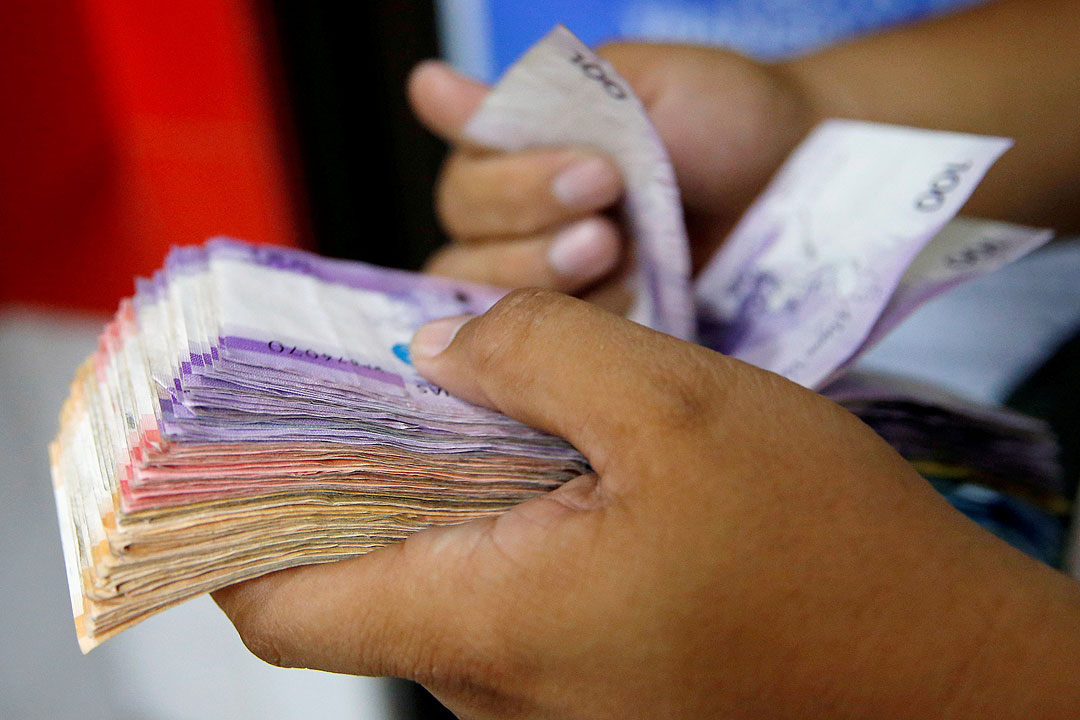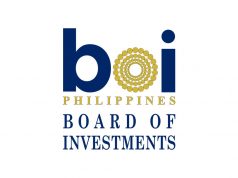
THE Bangko Sentral ng Pilipinas (BSP) said its P500,000 daily cash withdrawal limit was not a factor in the growth slowdown, noting that the policy only took effect near the end of the third quarter.
“Kaka-implement pa lang nun eh before the third-quarter numbers were released (It was just implemented before the third-quarter numbers were released),” Deputy Governor Zeno Ronald R. Abenoja told reporters on the sidelines of a central banking symposium on Monday.
“So, siguro wala naman siya dun sa third-quarter numbers for GDP (gross domestic product). Very recent lang naman ’yung requirements na ’yun (So, it was probably not reflected in the third-quarter GDP numbers. Those requirements were very recent),” he added.
In mid-September, the BSP issued a circular imposing a P500,000 daily ceiling on cash withdrawals as an anti-money laundering measure, undertaken in the wake of the flood control corruption scandal.
Account holders are allowed to withdraw a maximum of P500,000 or its equivalent in foreign currency at once or via multiple transactions within one banking day.
Sen. Francis Pancratius N. Pangilinan asked the Development Budget Coordination Committee during a Senate plenary session earlier this month if the economy could have grown faster had it not been for the cash withdrawal cap.
Then-Finance Secretary Ralph G. Recto said the measure was a “possible” factor behind the slowdown in the third quarter.
In the third quarter, GDP expanded by 4%, the weakest reading in over four years. The economy had grown 5.5% in the second quarter and 5.2% a year earlier.
GDP growth averaged 5% in the nine months to September, below the government’s 5.5-6.5% full-year growth target.
Analysts have said the withdrawal limit could still affect economic activity but the impact on economic growth will likely be “modest.”
They noted that consumers and businesses’ growing use of digital and bank-to-bank transactions could offset the inconveniences posed by the regulation.
“Maintaining the withdrawal cap likely has only a modest direct impact on overall GDP, since most major transactions already use digital or bank-to-bank transfers,” John Paolo R. Rivera, senior research fellow at the Philippine Institute for Development Studies, told BusinessWorld via Viber.
Union Bank of the Philippines (UnionBank) Chief Economist Ruben Carlo O. Asuncion noted that the regulation could end up dragging down GDP growth by 0.1 to 0.2 percentage points per quarter.
“The BSP’s P500,000 daily withdrawal cap was introduced primarily as an anti-money laundering safeguard, not as a growth-targeting measure,” he told BusinessWorld via Viber. “While it adds compliance steps for large cash transactions, its direct impact on GDP is likely modest.”
“This could have slowed down some legitimate business and personal transactions, all of which could have slowed down economic growth.”
Rizal Commercial Banking Corp. Chief Economist Michael L. Ricafort said via Viber that the rules could shift payment preferences to checks and digital payment platforms.
GlobalSource Partners Country Analyst Diwa C. Guinigundo said via Viber that the policy’s exceptions mean that it is “not a binding constraint” and was not a factor in the slower GDP growth.
The BSP still allows clients to withdraw more than the limit if they submit documents proving a legitimate business purpose, which the account holder’s bank would then assess for approval.
“What actually brought about the lackluster performance of the economy is (the) weak performance of both services and industry including public construction,” Mr. Guinigundo added. “The on-going investigation of anomalous flood control projects had a chilling effect on the execution of public works projects.”
Meanwhile, UnionBank’s Mr. Asuncion said the cap could still burden cash-dependent sectors and potentially force clients to resort to informal channels.
“The bigger concern lies in potential operational frictions — delayed payrolls, supply chain disruptions, and higher compliance costs — especially for MSMEs (micro, small and medium enterprises) and rural businesses,” he said.
“If not paired with faster digital payment adoption and streamlined documentation processes, the policy could unintentionally push some transactions into informal channels, undermining financial inclusion and AML (anti-money laundering) objectives,” he added. — Katherine K. Chan



